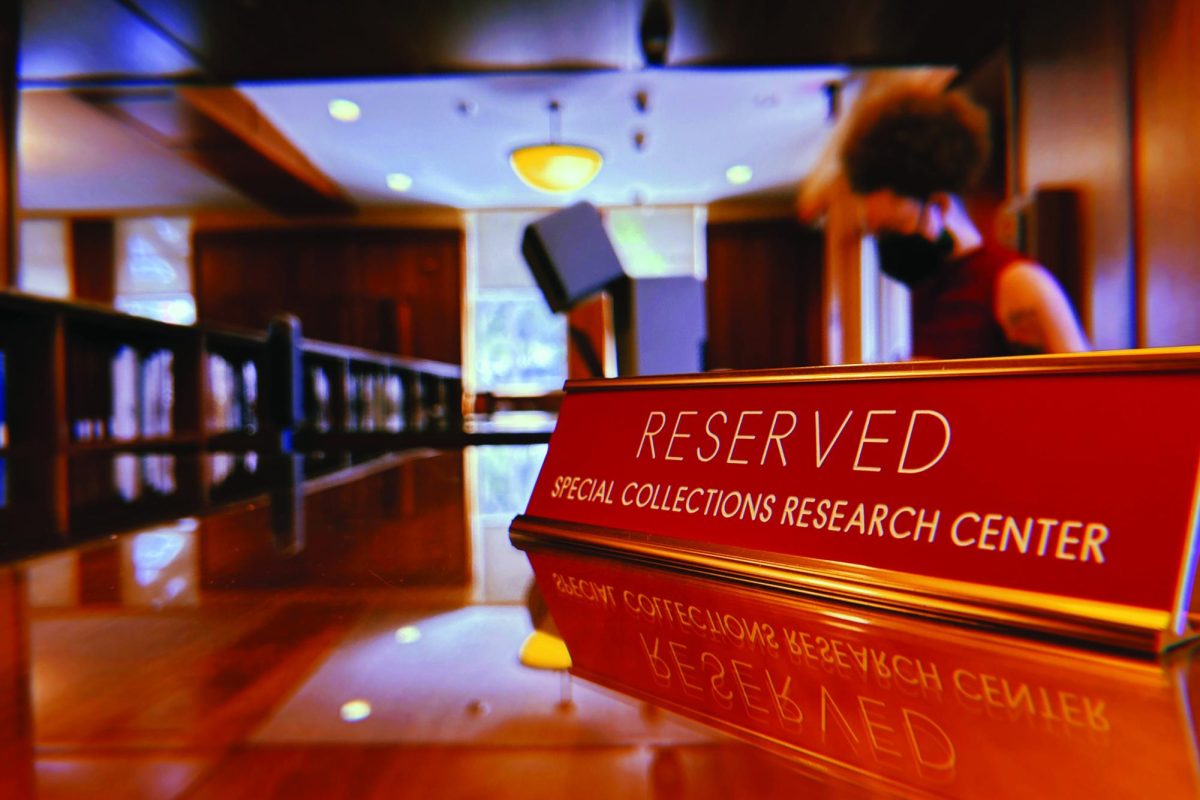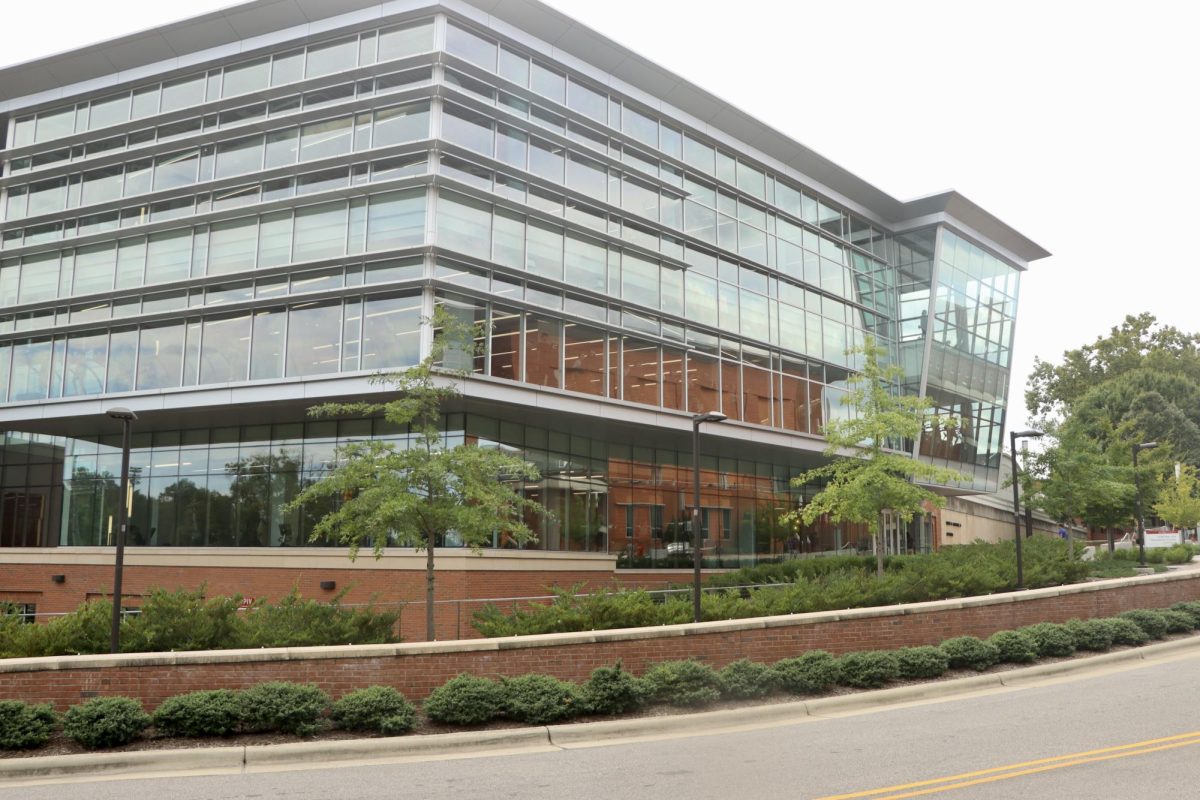A little after 10 p.m. Sunday night parts of main campus were hit with a blackout that lasted almost three hours, according to high voltage engineer John Laetz.
Many students gathered at Tucker Beach and had what seemed like a celebration. Katie Fraser, freshman majoring in political science who lives in Wood Hall, however, said she feels there wasn’t enough communication between Wood Hall residents and the rest of campus.
“I think there was a lack of communication about what was wrong, and how long it was going to take to fix the problem,” she said. “I personally didn’t see police patrolling, but I’ve heard central campus had several.”
Fraser said her suite, in which her Resident Advisor lives, was not notified of anything after learning that other parts of campus also had a blackout.
“My only problem with this whole thing is that there really was a lack of communication between Wood Hall residents and the rest of campus that may have had more information,” Fraser said. “I know a lot of us just are angry about that and feel left out.”
Crime prevention officer Jon Barnwell said that with only five or six officers they were unable to be in every resident hall.
“We start looking at what our critical assets are and try to maintain a presence to protect the campus community,” Barnwell said. “We have limited resources and we’re not prepared for a campus-wide blackout like that.”
Campus Police reported several cases of alleged law breaking during the time of darkness.
Two students were seen running in the nude and several others were reported to have threatened to start a bonfire on campus.
George Benzhozer was standing in front of Metcalf Hall when he was hit with a water balloon.
“I am seeking revenge for whoever hit me with that water balloon,” Benzhozer said.
The cause of the campus blackout was cable failure, but the cause of the cable failure was unknown.
Laetz said there was a fault on one of the circuits in the major delivery substation behind Sullivan Hall when one of the breakers at the substation opened and interrupted power delivery to five other circuits that led to another substation at Bragaw Hall, which had 17 circuits.
“Once we found out we opened the five circuits at Bragaw and closed them one at a time,” Laetz said. Upon opening the first circuit they found that it was a short circuit and the breaker wouldn’t stay engaged. The other four, however, held.
According to Laetz, the first circuits were restored at about 1:15 a.m., about three hours after the power went out, and everything else was restored before 3 a.m. The last group of buildings to have power restored were the Public Safety Building, the Environmental Health and Safety Center, Grinnells labs, Weaver labs and the Agricultural Community buliding.
“I would say, without a mathematical study, that the chances of it happening again like that are very low because of the system and the cabeling,” Laetz said. “Anything like that can happen but chances of that are small.”
Laetz said they don’t know what caused the cable failure, but as cables age they can develop internal difficulties which can lead to the degradation of insulation characters. The cables hold over 7,000 bolts of energy between the cable and the ground plane across one-fourth an inch of insulation. Add aging and mechanical stresses and sometimes the insulation can no longer insulate.
This typically happens over a small area, Laetz said. The current flows from the cable to the ground from no-current to high-current quickly, which causes a cable failure.
The amount of life that a cable has varies and is unpredictable. The cables in the current system are thought to have been put in about 35 years ago, around 1970, but the cables have to be cleaned before the age is determined.



